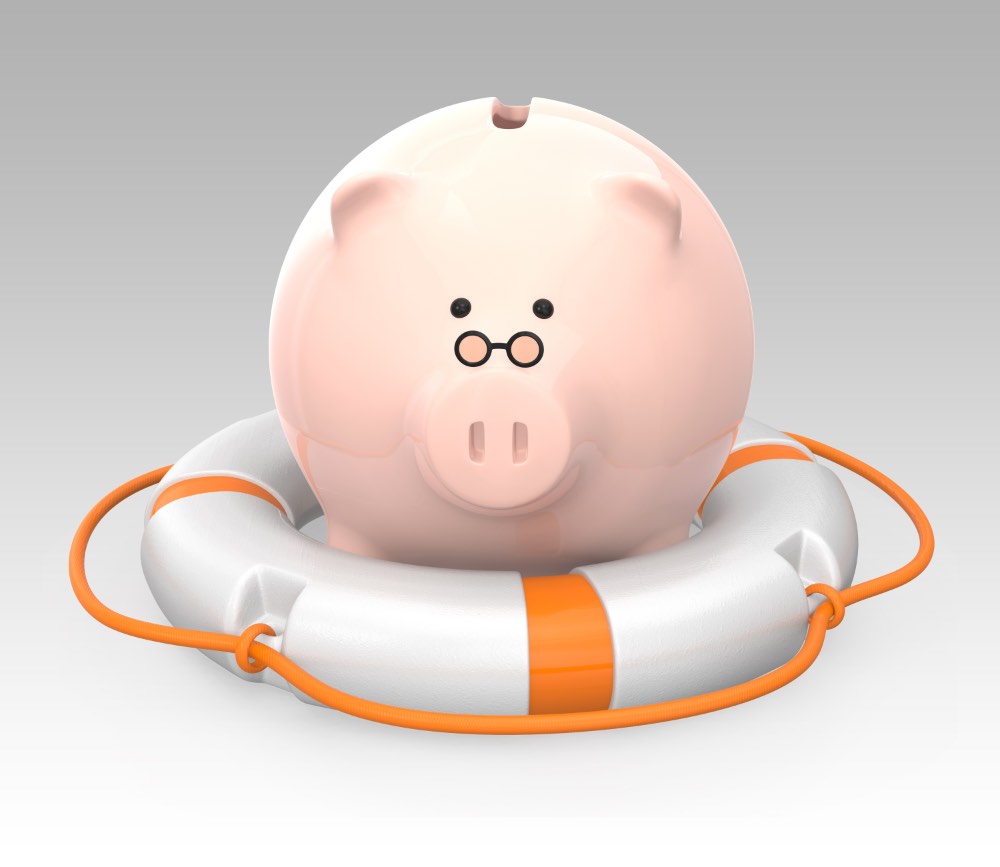
The COVID-19 pandemic provided a heightened awareness for the need to have an emergency fund. Because cash flow is key to survival, the government rushed to boost unemployment benefits and provide loans for businesses. Now, as we recover from the COVID-19 crisis and rebuild financially, one of your top priorities should be to build or replenish your emergency fund.
FAMILY BUDGETS
The rule of thumb is to accumulate three-to-six-months’ worth of living expenses over time. To do this, work to find an effective balance between lowering your spending and increasing your earning power in order to boost your ability to save money.
Perhaps one positive aspect of social distancing might be the money you saved with dine-in restaurants and other retailers closed. As businesses reopen, you could continue to save money if you are careful about discretionary spending.
Side hustles are one way to help you earn additional income. Online gigs like tutoring, transcribing and proofreading are options for those with the right skillset. Delivery drivers are also in high demand.
BUSINESS RETAINED EARNINGS
If you are a small business owner, you need to concern yourself with managing cash for your business, too. Simply put, this cash account consists of net profits and is referred to as retained earnings.
In normal times, retained earnings can help tide a company over during inevitable cash flow issues and provide the flexibility to take advantage of potential opportunities, such as inexpensive inventory or an acquisition. But retained earnings can also be used as an emergency fund. And as we all witnessed, having access to cash can help increase the odds that your company will survive a crisis.
As your business begins to adapt to the new normal, it’s important that you monitor expenses aggressively and work closely with your financial professional to choose the savings vehicle that is right for your retained earnings fund.

